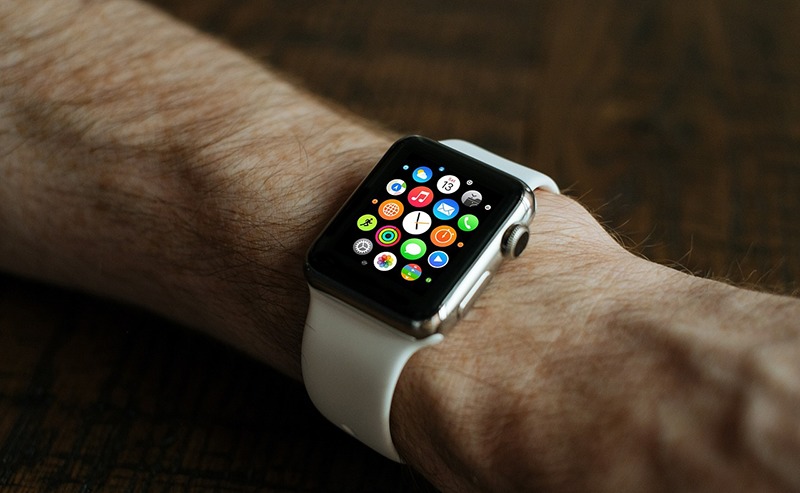The market for self-charging IoT devices will increase one thousand times by 2040, according to a new report by IDTechEx.
The new IDTechEx report, “Energy Harvesting for Electronic Devices 2020-2040” says:
“The new 20-year forecasts incorporate that multiplier effect powering sales of harvesters for use in electronic devices to well beyond $2 billion in 2030 and much more beyond.
Energy independent low power wireless networks, 5G devices, smart skin patches electrically powered by sweat, implants and medical wearables powered by heartbeats, temperature differences, blood flow. All are being demonstrated.”
Read more COVID-19 Pandemic Will Propel US Telehealth Market To Grow At A CAGR of Over 29% During 2019-25
The 25-page executive summary and conclusions discuss the needs, challenges and potential, comparing forecasts, leaders, market drivers and battery elimination milestones ahead. Dip into the next 25 pages of new 20-year forecasts are about triboelectric, photovoltaic, electrodynamic, thermoelectric, piezoelectric and others backed by forecasts for those smartwatches, pico products, wearable technologies, medical, IoT and other uses, says a press release.
Chapter 2 introduces the principles, compares the technologies in many ways including vibration harvesting parameters achieved, what exactly is needed and companies to contact.
Chapter 3 explains 12 photovoltaic technologies and their future.
Chapter 4 explains why IDTechEx believes that triboelectrics is coming from nowhere with its initial sales of battery-free, dust-filtering, electric face masks in 2019 to be a strong contender overall. It will use non-toxic, affordable materials in a dazzling array of applications. An example is work on a smartwatch integral battery + harvester in one smart composite with two harvesting modes. The Chinese government is now massively supporting triboelectric harvester research with many research centers and over 200 PhD projects at a time.

Chapter 5 explores the burgeoning thermoelectric improvements and applications from smartwatches to IoT nodes and fit-and-forget industrial uses.
Chapter 6 surprises with electrodynamics technology presented and how it has already replaced tens of millions of batteries by using instead, microturbine and micro-pendulum generators in electronic toilets, pipeline sensors, watches and pitched for IoT. Hand-crank and pull-charged medical and consumer electronics are proliferating.
“We need fit-and-forget electronic implants dealing with the epidemic of diabetes. Heart pacemakers saved over three million lives, but the 600,000 pacemakers now implanted every year have batteries lasting no more than seven years. Fit-and-forget, please. They are sometimes fitted to two-year-olds,” the IDTechEx report said.
Read more Global Wearables Market Faces Short-Term Impact Before Recovery in 2020, Says IDC
Chapter 7 discusses piezoelectrics, and chapter 8 rounds off with harvesting man-made ambient electromagnetic radiation from 50Hz power lines to the new ambient terahertz inventions and also other harvesting.
Throughout the report, common themes include flexible, transparent, biocompatible and stretchable versions to transform wearables and healthcare. Battery elimination can include demonstrated stretchable, woven supercapacitors.












